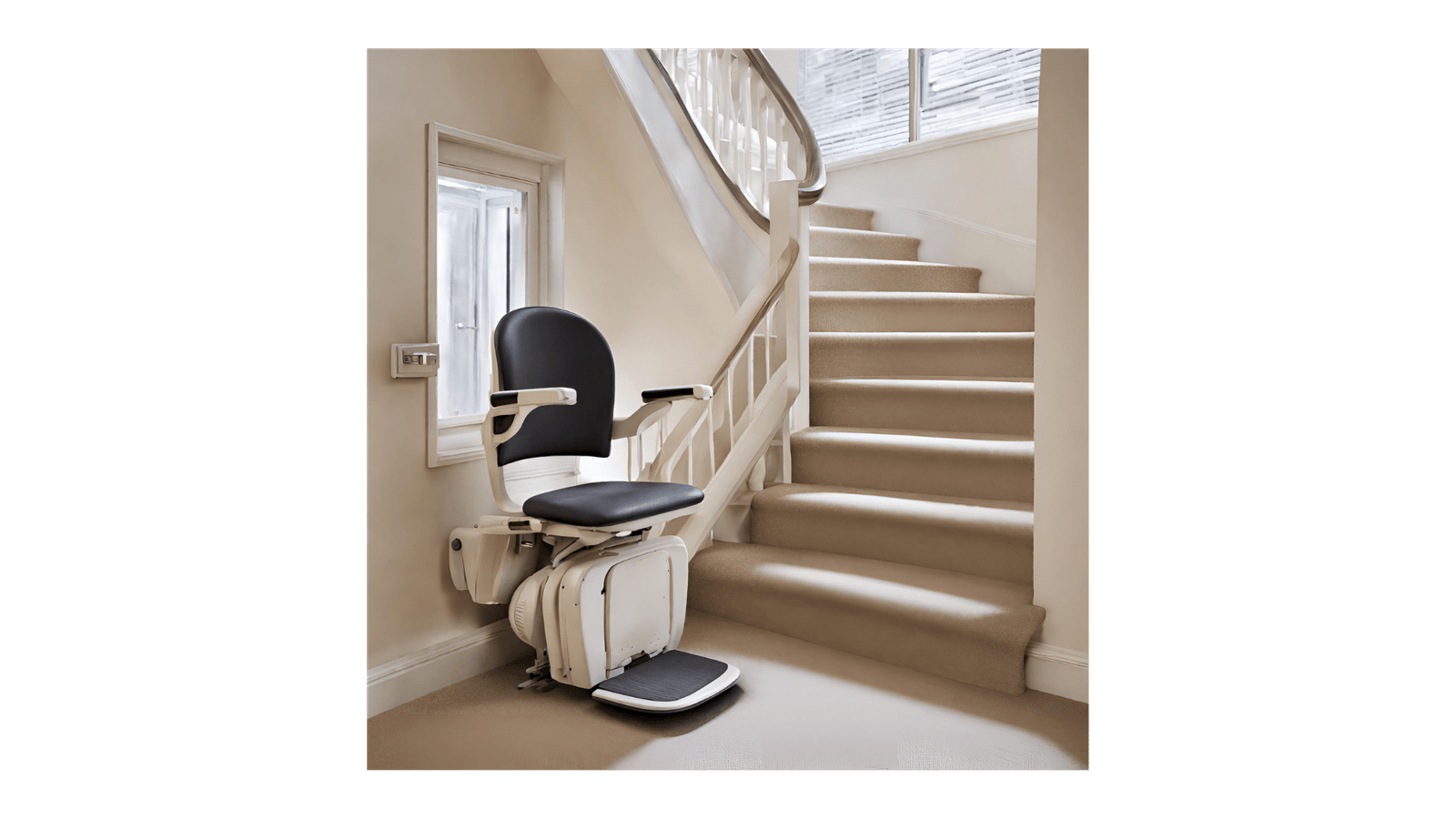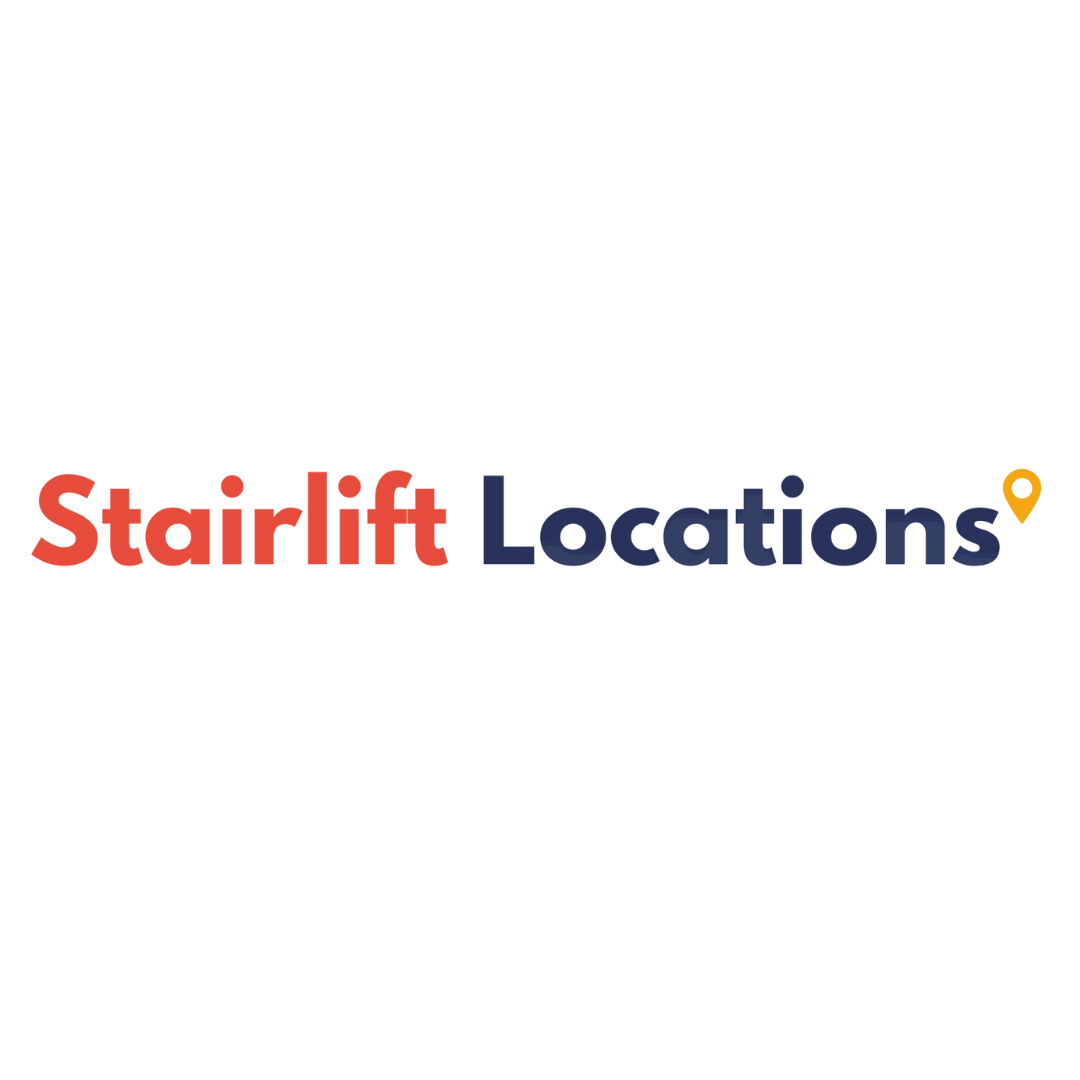Stairlifts
Stairlifts in the UK are great for people with reduced mobility. There is a stairlift to fit your needs. There are many stairlift companies you can look at. Always look around and don’t just get one quote. Make sure you compare prices.
Last Updated on January 16, 2024 | Published: April 5, 2022

Browse all things Stairlift
Get a Stairlift Quote
Last Updated on January 16, 2024 | Published: April 5, 2022
The Best UK Stairlifts
As a starting point, this website provides information about stairlift pricing and safety that will make finding a stairlift more straightforward. The interests of your customers should always come first. So we only recommend stairlift firms with an established track record of providing safe and high-quality lifts. The best stairlift is one that meets your needs. These could be stairlifts featured with retractable seatbelts.
Top Stairlift Websites
Installation Is Quick And Easy For A Stair Lift
No sales pressure or long-term contracts will be applied when you have your stairs measured and analysed by an experienced technical surveyor.
How Much Does A Stairlift Cost The UK?
The cost of a new stairlift from stairlifts was £3000, compared to the cost of the previous one. Stairlifts for straight stairs may cost £1000. The average price of a curved stairway is £5,000. The disabled facilities grants can help with the cost of a stairlift. Especially in these unprecedented times, people with limited mobility can get overlooked.
Will The NHS Pay For A Stairlift?
Home assessments are free of charge. Alterations like adding escalators or stairways to the stairwells are only one example. You should speak to healthcare professionals and get their advice.
Can A Stairlift Be Fitted To Any Stairs?
Stairlifts can accommodate most stairs. However, the expense of many installations may be prohibitive. Stairlifts in a building are a popular option because of their excellent functionality and low price.
What Is The Cost Of A Stairlift Installed?
Straight staircases in elevators. Staircase elevators generally cost between £1500-£5000 for new and rented staircases. Steps and other features such as folding rails and spinning seats affect the final pricing.
Stairlift Prices
Stairlift pricesfor a stairlift range are based on the stairlift you buy. For example, a curved stairlift can set you back anywhere from £3,000 to £5,000. This is because they are custom made. A straight stairlift can start from £1,000 to £3,000 on average, but it can often be higher. Or a reconditioned stairlift could begin with as low as £500. It is always best to get a free quote as there may be different stairlift features you may need.
Straight Stairlift
A straight staircase will need straight stairlifts as they do not have bends and are just a straight rail. These tend to be cheaper as they are not custom made.
Curved Stairlift
A curved stairlift needs to be custom-made, which will cost a lot more than a straight stairlift. It is best to get a free no-obligation quote so you can see the exact cost. A curved staircase will need a home survey from stairlift engineers.
Stairlift Installation
The installation of a stairlift will take anywhere from a few hours. This all depends on the type of stairlift you have. If you have a reliable stairlifts company, they will make it quick and easy.
Checking A Stairlift Company
Always read the stairlift reviews of the companies you are about to buy from. You want to ensure they have satisfied customers and deal with any issues raised.
Picking A Stairlift Company
If you are looking for a stairlift company, you should assess various things. This can be looking at what they can do to help, such as Age UK’s Charitable Work or their extended warranties. Most companies will offer a free quote, which you should take advantage of to gauge how much it will cost. A new stairlift installation date can take a few days or weeks, and reliable stairlifts can last for years.
How Much Is A Stairlift In The UK?
So how much is a stair lift? The kind of stairlift, the length of the staircase, and any additional features or customisation choices can all affect how much a stairlift costs in the UK. A straight stairlift typically ranges in price from £1,000 to £5,000, whereas curved stairlifts may cost anywhere from £3,000 to £9,000. It’s crucial to remember that these are only estimates and that the real cost may change depending on the situation. It’s recommended to get a free, no-obligation quote from a reputable stairlift company to get a more accurate idea of the cost for your specific needs. Additionally, some companies offer financing options or may be able to help you find financial assistance or funding programs to help cover the cost of a stairlift.
How To Get A Stairlift Quote
If you are interested in getting a stairlift quote in the UK, here are some steps you can follow:
- Research stairlift companies: Start by researching and comparing different stairlift companies in the UK. Look for companies with a good reputation, positive reviews, and experience installing stairlifts in homes like yours.
- Contact the company: Once you have identified a few potential stairlift companies, contact them to request a free, no-obligation quote. You can do this by phone, email, or by filling out an online form on the company’s website.
- Schedule a home assessment: To provide an accurate quote, the stairlift company will need to conduct a home assessment to evaluate your staircase and discuss your specific needs and preferences. They may also take measurements and photos and ask about any health concerns or mobility issues.
- Receive your quote: After the home assessment, the stairlift company should provide you with a detailed quote that includes the total cost of the stairlift, any additional features or customisation options, and any installation or service fees. Be sure to read the quote carefully and ask any questions you may have before making a decision.
- Compare quotes: If you have received quotes from multiple stairlift companies, take the time to compare them and consider factors such as price, quality, reputation, and customer service. Don’t just choose the lowest price, but the company you feel is the most trustworthy and reliable.
By following these steps, you can get a stairlift quote in the UK and decide which stairlift company and product best fits your needs and budget.
Breakdown Of Stair Lift Cost UK
The cost breakdown of a stair lift in the UK can vary depending on the stairlift type, the staircase length, and any additional features or customisation options. Here is a general breakdown of the cost components:
- Stairlift unit: The stairlift unit itself is the largest cost component. A straight stairlift can cost between £2,000 and £4,000, while a curved stairlift can cost between £4,000 and £8,000.
- Installation: Installation costs can vary based on the installation’s complexity and the staircase’s length. On average, installation costs range from £500 to £1,500.
- Customisation: If you require any customisations or additional features, such as a powered swivel seat, a foldable footrest, or a custom colour, these will add to the overall cost of the stairlift.
- Maintenance and servicing: Like any mechanical device, stairlifts require regular maintenance and servicing to ensure they function properly and safely. Some companies offer service and maintenance plans that can be purchased at an additional cost.
- Financing: If you require financing to purchase a stairlift, there may be additional costs associated with interest rates and fees.
Overall, the cost breakdown of a stairlift in the UK will vary based on the specific needs and circumstances of the individual. It’s recommended to get a free, no-obligation quote from a reputable stairlift company to get a more accurate idea of the cost for your specific needs.
Get the Best Stairlift
Review and Compare The Best UK Stairlift Companies. The Top UK website for all things Stairlifts. Discover the best Stairlifts. Browse our blog posts and learn about Stairlifts:













